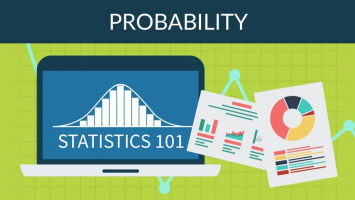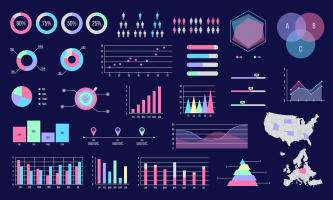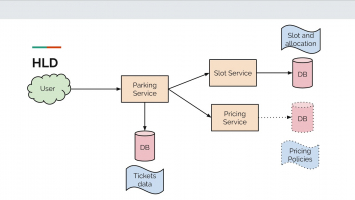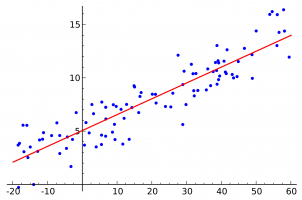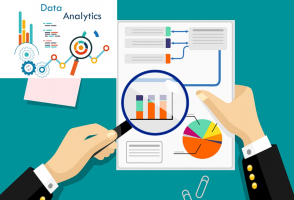Top 8 Best Online Lookup Table Courses
A lookup table is an alternative to using coded value domains when a field that makes up a multifield route ID has several hundred or thousands of potential ... read more...values. The lookup table is used primarily when creating a route. The Online Lookup Table Courses you'll explore different functions that’ll help you to look up data quickly and efficiently.
-
It is one of the best online lookup table courses for anyone interested in learning more about lookup table. They need to cut through the noise and show vital information in a way that can be swiftly ingested and acted upon in this age of "big data," making data visualization an increasingly important talent. Not only must visualizations provide data in an understandable and appealing manner, but they must also give context for the data and tell a story, striking that delicate balance between form and function. Excel has a lot of competitors in this market, but it's still a great option, especially if your data is stored there. It has a variety of tools for producing visualizations other than charts, and the chart possibilities are continually expanding and improving, with current versions now including waterfall charts, sunburst diagrams, and even map charts.
But it's Excel's versatility that sets it apart; it allows us complete creative control over designs, allowing us to create own dynamic custom chart if necessary to convey the correct story with data. Over the course of five weeks, they will look at Excel's extensive visualization features through real-world case studies as viewed through the eyes of Rohan, an environmental analyst. Rohan is expected to provide visualizations for a wide range of environmental data sets, including trends, projections, breakdowns, and comparisons. He wants to employ conditional formats, sparklines, specialized charts, and even develop his own animated charts and infographics in addition to the standard chart kinds. He may also need to prepare the data using pivot tables in order to drill down and answer highly precise inquiries in some circumstances. They will assist him in doing all of this, and they will offer final visualizations in appealing reports and dashboards that make use of automation and interaction tools such as slicers and macros.
The following are the subjects they shall discuss:
- Week 1: Conditional formatting, bespoke number formatting, sparklines, and macros for dynamic visualizations
- Week 2: Developing approaches for conveying the best tale possible
- Week 3: Creating unique and specialized charts
- Week 4: Using pivot tables and pivot charts to summarize and filter data
- Week 5: Using Excel to create interactive dashboards
This is the second course in Data Analytics and Visualization Specialization. The first course, Excel Fundamentals for Data Analysis, covers data preparation and cleaning as well as some of the course's requirements, such as tables and named ranges, as well as text, lookup, and logical functions. They recommend that you take the first course or have prior knowledge of these topics to get the most out of this one. Join us on this fascinating adventure as they focus on Data Visualization in Excel in this course.
- Flexible deadlines: Reset deadlines based on your availability.
- Shareable certificate: Get a Certificate when you complete
- 100% online: Start now and learn when it's convenient for you.
- Course 2 of 3 in the: Excel Skills for Data Analytics and Visualization Specialization
- Intermediate level: They expect that you have some background with Excel. You can move around the interface and create basic formulas.
- Approx. 6 p.m. to complete
- Subtitles: English
THE SKILLS YOU WILL DEVELOP:
- Microsoft Excel
- Data Visualization (DataViz)
Rating: 4.9/5
Enroll here: coursera.org/learn/excel-data-visualization
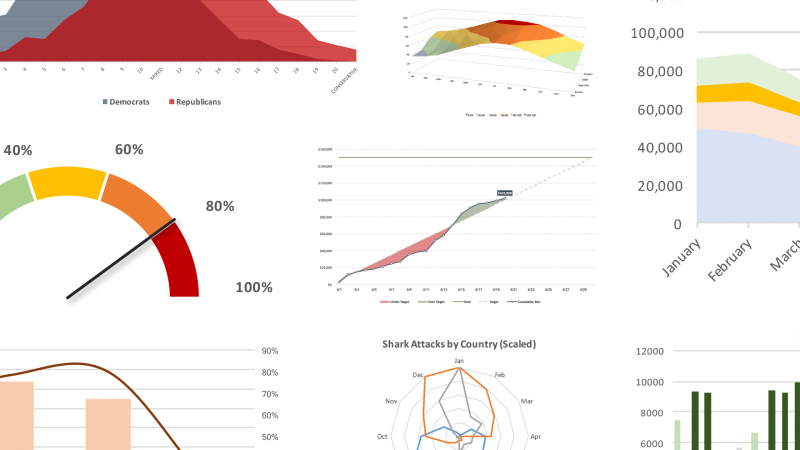
linkedin.com 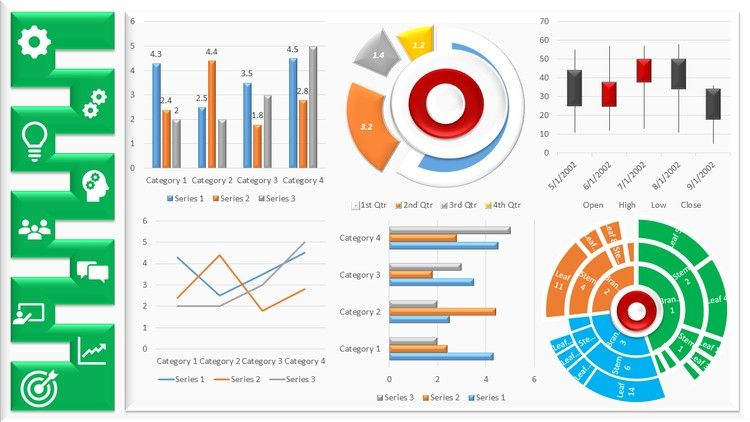
pinterest.com -
The capacity to analyze data rapidly and properly has become increasingly important as data has become the contemporary currency. Excel is one of the most often used programs for this because of its extensive set of features and capabilities. You will study the foundations of Excel for data analysis in the first course in Excel Skills for Data Analysis and Visualization Specialization.
After completing the course, you will be able to clean and prepare data for analysis using a variety of Excel tools and functions; automate data analysis using Named Ranges and Tables; and convert, connect, and categorize data using logical and lookup functions. This course will help you create a firm foundation in the fundamentals, allowing you to be more efficient in your day-to-day tasks and preparing you to work with the more sophisticated approaches covered in following courses. They will track Zara's progress through the course to make the information more relatable and customize the learning experience. Zara, who are you?
You'll improve your Excel abilities while doing so - and, more significantly, have fun doing it. The Excel Skills for Data Analytics and Visualization courses are the follow-up to one of Coursera's most popular specialities, Excel Skills for Business, which drew hundreds of thousands of students and received high reviews. By adding this new set of abilities to your repertoire, you may improve your skills, confidence, and opportunities.
- Flexible deadlines: Reset deadlines based on your availability.
- Shareable certificate: Get a Certificate when you complete
- 100% online: Start now and learn when it's convenient for you.
- Course 1 of 3 in the: Excel Skills for Data Analytics and Visualization Specialization
- Intermediate level
- Approx. 3 p.m. to complete
- Subtitles: Arabic, French, Portuguese (European), Italian, Vietnamese, German, Russian, English, Spanish
Rating: 4.8/5
Enroll here: coursera.org/learn/excel-data-analysis-fundamentals
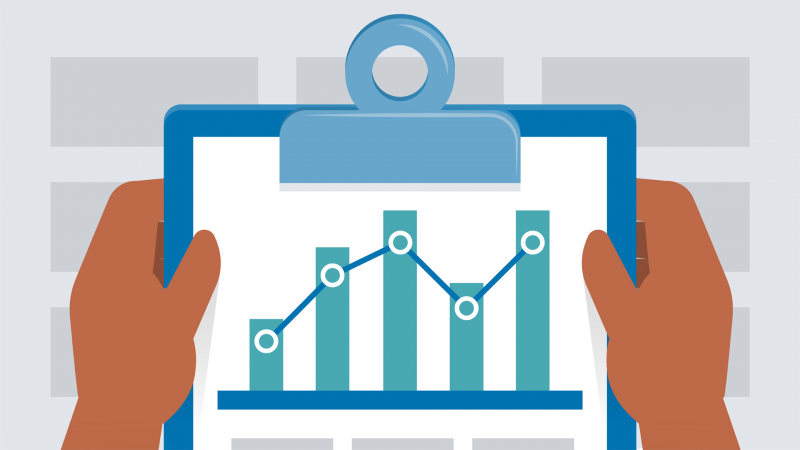
knowltonconnect.denison.edu/classes/learning-excel-data-analysis/ 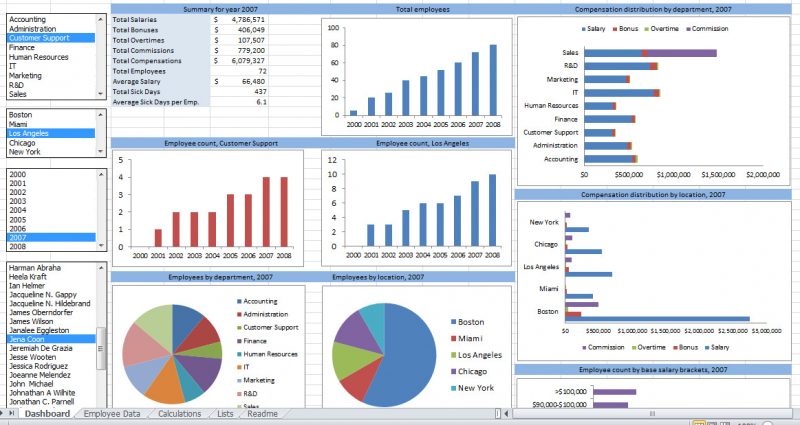
medium.com -
Spreadsheet software continues to be one of the most widely used pieces of software in offices throughout the world. Learning to use this program confidently will add a highly useful addition to your employability portfolio. In this third course in Excel specialty, Excel Skills for Business, you'll learn more about some of Excel's most useful features. You will be able to after you have successfully finished the course.
In spreadsheets, look for and prevent mistakes; In spreadsheets, create powerful automation; To assist in making educated business decisions, use complex mathematics and conditional reasoning. and create spreadsheets to aid with data forecasting and modeling.
They have put up another fantastic teaching team that will be there for you every step of the way. Each week, Nicky, Prashan, and they will lead you through the process. They will be following Alex, an Excel consultant who is called in by businesses that are having problems with their spreadsheets, as they look into these more sophisticated topics.
- Flexible deadlines: Reset deadlines based on your availability.
- Shareable certificate: Get a Certificate when you complete
- 100% online: Start now and learn when it's convenient for you.
- Course 3 of 4 in the: Excel Skills for Business Specialization
- Intermediate level
- Approx. 29 hours to complete
- Subtitles: Arabic, French, Portuguese (European), Italian, Vietnamese, German, Russian, English, Spanish
THE SKILLS YOU WILL DEVELOP:
- Lookup Table
- Microsoft Excel Vba
- Data Validation
- Microsoft Excel Macro
Rating: 4.8/5
Enroll here: coursera.org/learn/excel-intermediate-2

coursera.org 
classcentral.com -
Millions of numbers, formulae, and text may be stored in a spreadsheet. Without a summary or visualization, making sense of all of that data might be tough. This course looks at how to use charts and pivot tables in Google Sheets to visualize data. Google Forms are online questionnaires that are used to collect information and allow for rapid data analysis. By linking gathered Form data to a spreadsheet or generating a Form from an existing spreadsheet, you'll learn how Forms and Sheets function together.
Numbers, formulae, and text may be stored in spreadsheets in the millions. Without a summary or visualization, making sense of all of that data is impossible. This course goes through how to use charts and pivot tables in Google Sheets to visualize data. Google Forms are online questionnaires that may be used to collect information and analyze it quickly. By linking gathered Form data to a spreadsheet or constructing a Form from an existing spreadsheet, you'll learn about how Forms and Sheets function together.
- Flexible deadlines: Reset deadlines based on your availability.
- Shareable certificate: Get a Certificate when you complete
- 100% online:Start now and learn when it's convenient for you.
- Course 8 out of 8 in the: Getting started with Google Workspace Specialization
- Intermediate level
- Approx. 3 hours to complete
- Subtitles: English
LEARN STEP BY STEP:
- Apply advanced formatting within a Google Sheet
- Perform calculations and visualize data using Google Sheets
- Create and collect data from a Google Form
- Solve business challenges using Google Sheets
Rating: 4.7/5
Enroll here: coursera.org/learn/google-sheets---advanced-topics
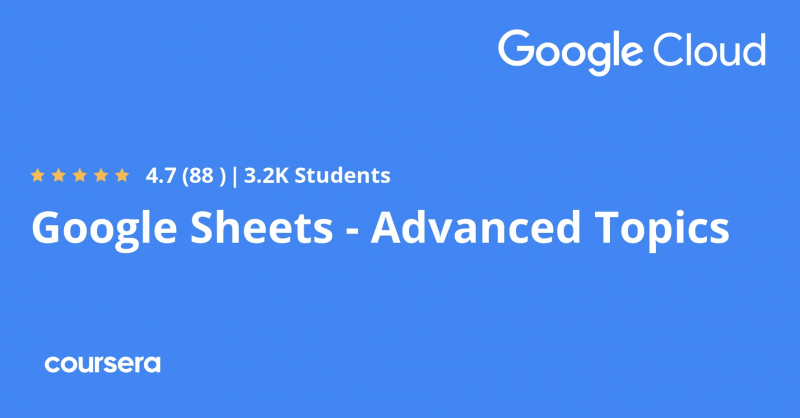
coursera.org/learn/google-sheets---advanced-topics 
pluralsight.com -
Using sales data from a hypothetical corporation, you will master the fundamentals of data analysis with Microsoft Excel in this assignment. You'll learn how to arrange your data and get precise information about it by using sorting and filtering tools. You'll also learn how to produce new data and link data from other tables using functions like IF and VLOOKUP.
Finally, you'll learn how to use PivotTables to summarize your data and make comparisons. These abilities will enable you to execute data analysis efficiently on a variety of data types and will serve as a basis for expanding your toolkit as you learn more about data analysis techniques.
THE SKILLS YOU WILL DEVELOP
- Formulas and Functions in Spreadsheets
- Data Analysis
- Data Calculations
LEARN STEP BY STEP:
- Upload a document using the free online version of Microsoft Office 365.
- Perform data analysis using sorting and filtering tools.
- Perform data mining using the IF function.
- Create references between tables and search for information with VLOOKUP.
- Perform data analysis using PivotTables.
Rating: 4.7/5
Enroll here: coursera.org/projects/introduction-data-analysis-microsoft-excel
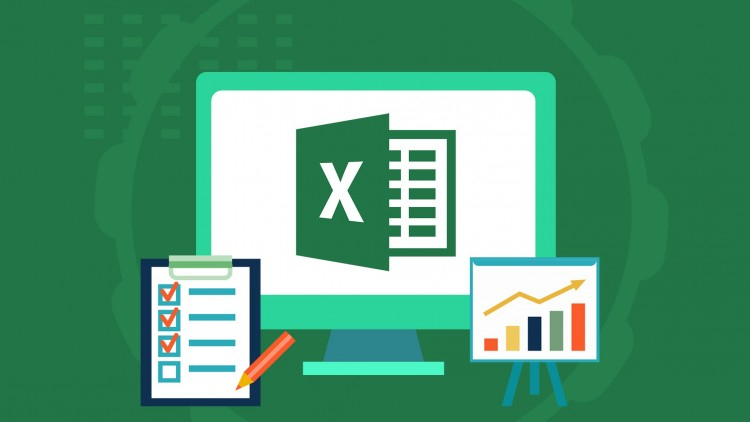
skillsdynamix.com 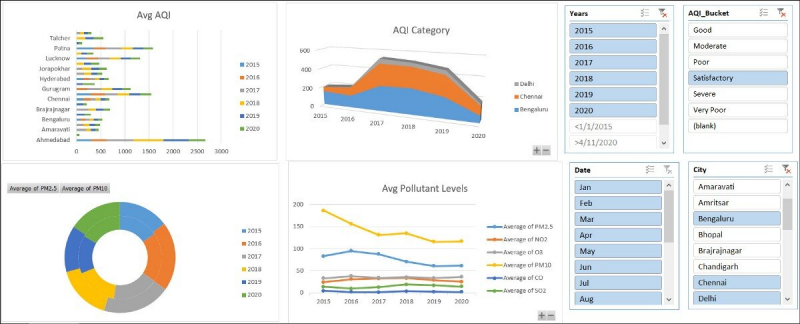
medium.com -
This 2-hour project-based course will teach you how to use spreadsheets. In this project, they will be utilizing Google Sheets, which is a free spreadsheet tool from Google. That being said, the majority of the ideas you'll learn in this project will transfer to other spreadsheet applications like Microsoft Excel.
The following principles will be covered in a hands-on manner:
- Data input, formatting, and computations on a basic level
- Absolute and relative cell references
- Concatenate, divide, sum, average, median, min, max, count, counta are all basic operations.
- Advanced functions: vlookup, if, and, or, iferror, countif, countifs, averageif, averageifs, sumif, sumifs, totalif, totalifs, totalifs, totalifs, totalifs, totalifs, totalifs, totalifs, totalifs, totalifs, totalifs, totalifs,
- Handling error messages
- Formatting that is conditional
- Basic charts to show data - Filtering and sorting
They will finish the assignment by putting these ideas into practice and creating a rudimentary spreadsheet model to assist us in analyzing home spending.
Note: If you don't already have a Google account, you'll have to establish one in order to finish the material.THE SKILLS YOU WILL DEVELOP
- Spreadsheet
- Business essentials
- Google Sheets
- Data Analysis
- Data Visualization (DataViz)
LEARN STEP BY STEP:
- The Basics - Basic data entry, formatting and calculations
- Cell References - Relative and absolute cell references
- 9 Basic functions
- Dealing with error messages
- 11 Advanced functions
- Formatting, conditional formatting, sorting and filtering
- Building expense model
- Basic charts to visualize data
Rating: 4.7/5
Enroll here: coursera.org/projects/spreadsheets-beginner-google-sheets
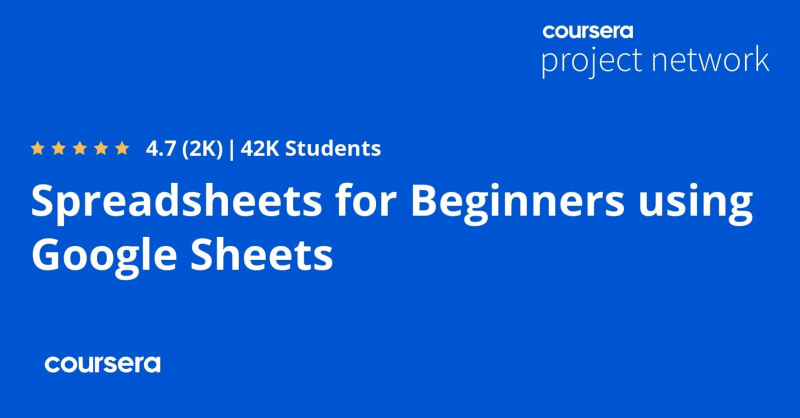
coursera.org -
The Retrieve Data using Single-Table SQL Queries, one of the best online lookup table courses, will teach you how to use the SQL language to get data from a relational database table. Most computer systems, as they all know, rely on at least one database to store data. The Internal Revenue Service uses a database to keep your tax information. Your phone keeps a database of your contacts' names, addresses, email addresses, and phone numbers. When you purchase online, you're looking at photographs, descriptions, and pricing saved in a database. Database designers go to considerable pains to create databases that store data safely and in a logical manner.
It's crucial to remember that they do all of this labor primarily so that they can receive the data back when they need it! This is known as "data retrieval." Data is obtained or read from a relational database by querying (or questioning) the database using SQL. "The language of relational databases," as SQL is known. It can be used to get data on its own or as part of a program. Data can be presented on a web page, a PC program, or even printed on paper once it has been obtained.
SQLiteStudio will be used to practice creating SQL queries. When you go online to search up the daily special at your favorite restaurant, keep in mind that a SQL query was most likely performed behind the scenes to get that information and display it on your screen. You'll even have a reasonable notion of what the inquiry would have looked like at the conclusion of this course!
Note: This course is best suited to students in the North American area. They were working on bringing the same experience to other parts of the world.THE SKILLS YOU WILL DEVELOP
- Database (DBMS)
- Problem Solving
- Sql commands
- SQLiteStudio
LEARN STEP BY STEP:
- Your First Query
- The SELECT Clause
- The ORDER BY Clause
- The WHERE Clause
- The Combination WHERE Clause
- Great Analysis Makes a Great Query
- Saving and Reusing Queries
Rating: 4.6/5
Enroll here: coursera.org/projects/single-table-sql-queries
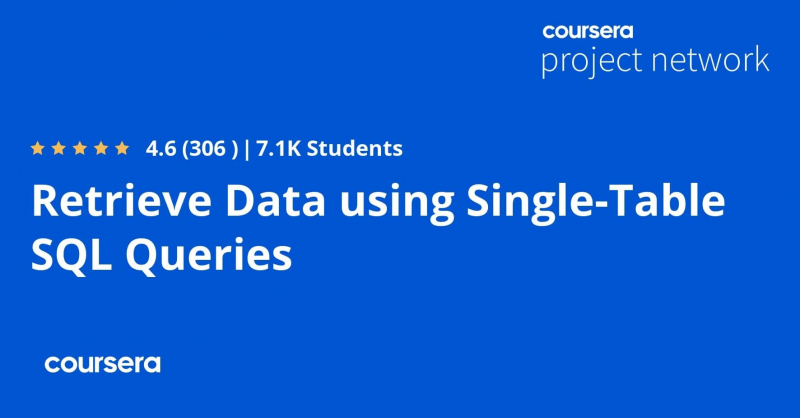
coursera.org -
Data might arrive in a variety of formats and from a variety of file types. It's possible that you'll come into a data collection that has categories and subcategories under a single heading or under headings with nested subheadings at some time. Because cutting through the file structure might be time-consuming, it's vital to use VLOOKUP and HLOOKUP to get the data you need fast.
The Grab Data Fast with Vertical and Horizontal LOOKUP will teach you how to use VLOOKUP and HLOOKUP formulae to rapidly retrieve data from a part of your spreadsheet that has been designated as a lookup table. You'll be able to accomplish this while they collaborate in Google Sheets, a free spreadsheet program. By the end of this course, you'll know how to utilize vertical and horizontal lookup to extract data from data sets that include numerous levels of categories. You'll also be able to use VLOOKUP and HLOOKUP formulae to collect data in any spreadsheet software with confidence.
Note: This course is best suited to students in the North American area. They were working on bringing the same experience to other parts of the world.THE SKILLS YOU WILL DEVELOP
- Business Analysis
- Lookup Tables
- Data Analysis
- Extracting Data
- Efficient Reporting
LEARN STEP BY STEP:
- Understand how VLOOKUP and HLOOKUP pull data from a spreadsheet and access Google Sheets.
- Identify use cases for VLOOKUP and HLOOKUP.
- Understand and visualize how VLOOKUP and HLOOKUP use a portion of a spreadsheet as a lookup table.
- Identify questions that can be answered and apply VLOOKUP and HLOOKUP.
- Understand best practices for visualizing extracted data and when to combine VLOOKUP with HLOOKUP in a formula.
Rating: 4.2/5
Enroll here: coursera.org/projects/grab-data-fast-with-vertical-and-horizontal-lookup-in-google-sheets

coursera.org


















